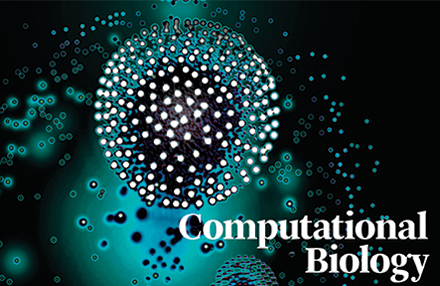Magazine: Summer 2015 | Volume 21, No. 4

Over the past couple of decades, technology has gained an increasingly critical role in many areas of biology. We've come a long way from 2003, when the Human Genome Project successfully identified and mapped all of the genes of the human genome. Today new technologies are gaining traction for understanding gene regulation by looking at how chromosomes are packaged inside cells or how specific genomic elements induce gene editing. Where will these technologies take us next? What new algorithms will be developed to understand and integrate this data? This issue of XRDS explores computational biology in detail from personalized medicine to managing large-scale biomedical data.
Download
- Digital Edition web-based magazine available for subscribers – sign in
- PDF via ACM’s Digital Library
DEPARTMENT: Updates
A community for learning
At Pontificia Universidad Javeriana, the students are also the teachers
By Claudia Schulz
COLUMN: Careers
A fleeting sense of security
or security as a science (and how to make your boss understand)
By William Cox, Mike Freenor
SECTION: Features
An interview with the director of biomedical informatics at Stanford
Russ Altman discusses how computational biology is rapidly transforming clinical practice, particularly in his own field of pharmacogenomics.
By Cristina Pop, Billy Rathje
OPEN ACCESS
Computational and statistical issues in personalized medicine
Computational methods can be used to find associations between our genome and our traits, and new optimizations to these computations promise to do it much faster.
By Christoph Lippert, David Heckerman
Fighting disease with data
Recent advances in genome typing and sequencing technologies have enabled quick generation of a vast amount of molecular data at very low cost. The mining and computational analysis of this type of data can help shape new diagnostic and therapeutic strategies in biomedicine.
By Marina Sirota, Bin Chen
Advancing the frontier of data-driven healthcare
Suchi Saria of Johns Hopkins University shares how big data and machine learning can help improve the practice of healthcare, and how computing students can contribute.
By Narges Razavian
Disease dietomics
How computational biology might help in discovering the missing links between diet and disease.
By Malay Bhattacharyya
A conversation with Vijay Pande
The director of Stanford University's Pande Lab discusses how his work with large-scale, distributed simulation is being used to study protein folding and its connection to disease.
By Cristina Pop
Hidden Markov models and mouse ultrasonic vocalizations
An introduction to Markov models, their significance, and an explanation of how a hidden Markov model can be used to model the ultrasonic calls made by mice.
By Adam A. Smith
Big data comes in tiny packages
Single-cell data creates computational opportunities for discovery in disease and human health.
By Karen Sachs, Tiffany Chen
Digital drivers in the age of massive datasets
How technology enables the data geek in life sciences and healthcare.
By Sarah Aerni, Hulya Farinas, Gautam Muralidhar
Profile: Sriram Kosuri
Never mind the cloud, back up your selfies to DNA
Never mind the cloud, back up your selfies to DNA
By Adrian Scoică
DEPARTMENT: Labz
Cancer Research UK Cambridge Institute
University of Cambridge, United Kingdom
By Sam Abujudeh
DEPARTMENT: Hello world
Hidden Genes: Understanding cancer data with matrix factorization
By Marinka Zitnik






















